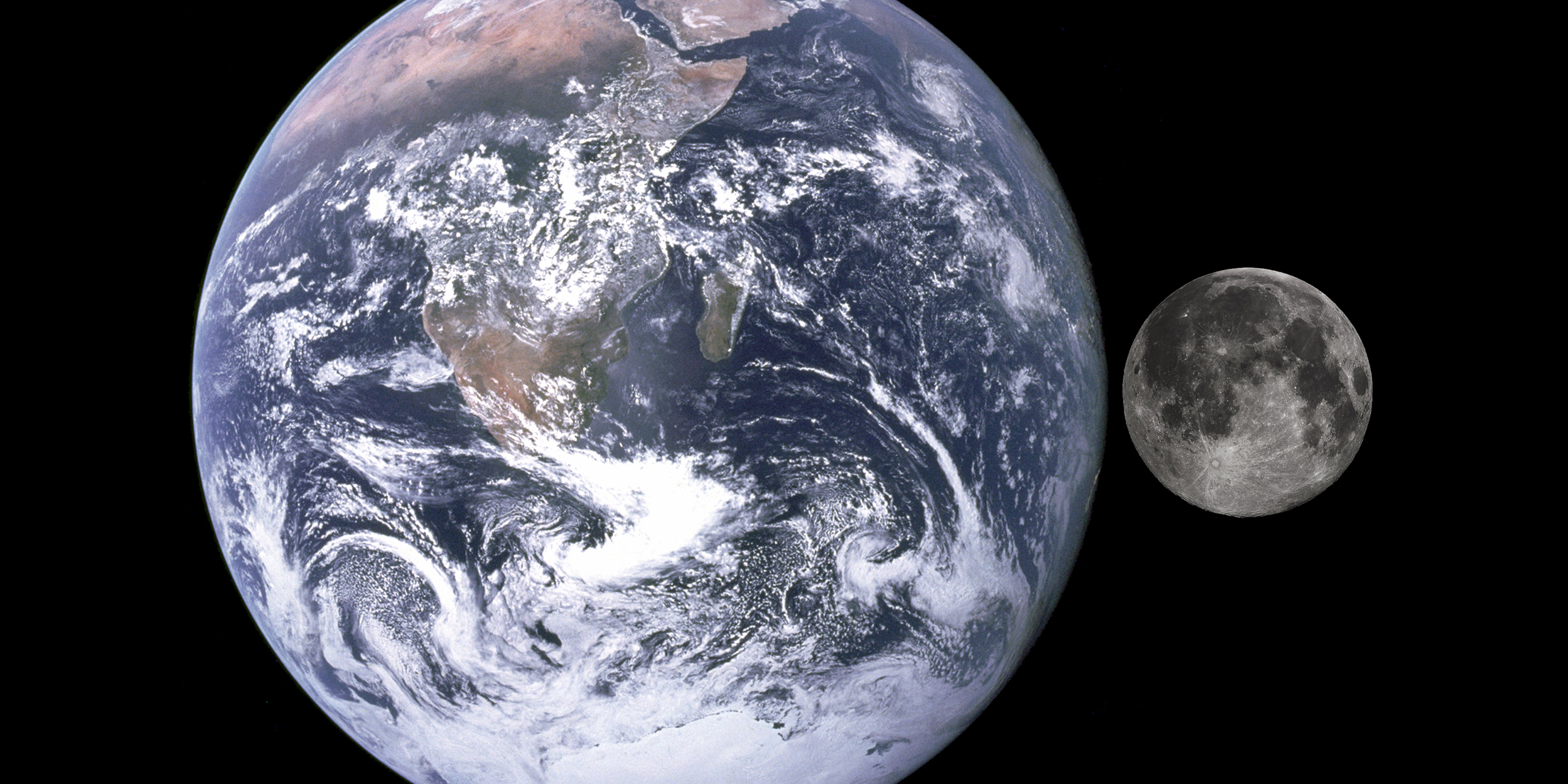Originally published 3 February 1986
A full moon is fine for lovers and poets. But for astronomers, professional and amateur, the moon can be a bit of a nuisance.
The moon was especially troublesome these past few months for those of us who were observing the progress of Halley’s Comet. Faint lights like Halley require dark skies for their full appreciation.
The trouble with the moon is that it is too big. The Earth’s satellite is outlandishly large compared to the planet. The ratio of the moon’s size to the size of the Earth is greater than that of any other satellite and its planet in the solar system, with the possible exception of Pluto and its mysterious companion Charon.
If our Moon were the size, say, of the satellites of Mars, it would be no brighter in our sky at full phase than the planet Venus. Lovers and poets would then have less to inspire them, but comet watchers could only be pleased.
If the big moon is a nuisance to observational astronomers, it is a positive embarrassment to theoreticians. Theories for the origin of the moon have generally stumbled upon the block of the moon’s untypical size.
Three thoughts on origin
There have traditionally been three kinds of theories for the moon’s origin. They can be classified by calling the moon the “sibling,” the “child,” or the “spouse” of the Earth.
The sibling theory assumes that the Earth and the moon condensed together from an eddy in the larger whirlpool of accreting materials that became the solar system. The theory has difficulty explaining why the moon’s average density and chemical composition are different from the Earth. A bigger problem for the theory is accounting for the large rotational momentum of the Earth-moon system.
The child theory assumes that the moon was “spun off” from the outer layers of a rapidly spinning protoearth. The theory requires that the protoearth was molten or nearly molten, a situation considered to be unlikely by many researchers. It also requires that the protoearth was spinning at an improbably rapid rate.
The spouse theory assumes that the moon formed somewhere else in the solar system and was subsequently captured by the Earth. However, the gravitational dynamics of the capture process suggest a very small probability that such a thing might have occurred. A collision or a deflection are more likely outcomes of a close encounter.
In recent months, another theory of the moon’s origin has been gaining adherents, one that seems to avoid the theoretical difficulties of the other models. This theory assumes that early in its history the Earth suffered a grazing impact by a Mars-sized object. The collision blasted into Earth orbit a mass of materials, partly from the Earth, partly from the colliding object, which subsequently condensed to become the moon.
Splashing into being
The impact theory agrees with current ideas about the formation of the solar system. The solar system began as a whirlpool of gas and dust around a protosun, and condensed in stages. The dust first collected gravitationally into pea-sized objects. The peas gathered into chunks the size of buildings. The buildings collided to make bigger bodies, and so on until the present planets came into being. In the last stages of this process a few very large impacts are to be expected. One of those massive terminal impacts may have splashed the Moon into being.
A primary scientific objective for the Apollo missions to the moon was to discover the secret of the moon’s origin. The Apollo missions made it clear that there were intriguing similarities and differences in the chemical composition of the Earth and moon, and revealed some clues to the moon’s internal structure. The missions refined the parameters within which a successful theory for the moon’s origin must be found, but they did not resolve the riddle.
Most of the recent progress toward learning about the moon’s origin has come from using basic laws of physics to model the origin of the moon on computers. Research on the giant impact hypothesis for the moon’s origin has yet to encounter any serious obstacles. It explains why the moon’s density is similar to the outer layers of the Earth, and why there are subtle differences in composition. And it reasonably accounts for the atypical size of the Earth’s satellite.
When I am doing a little deep-sky observing and I am frustrated by the moon’s full light, I take consolation in its beauty. The poet Ted Hughes once watched the full moon “sink upward/ To lie at the bottom of the sky, like a gold doubloon.”
It is a lovely image. The Earth’s atypically big gold doubloon: Comet obscuring…poetry inspiring.
Subsequent measurements of Pluto’s moon Charon has revealed that our own moon takes the prize for largest satellite in comparison to its parent body. The “impact” hypothesis has become the most widely-accepted explanation for the moon’s formation. ‑Ed.



